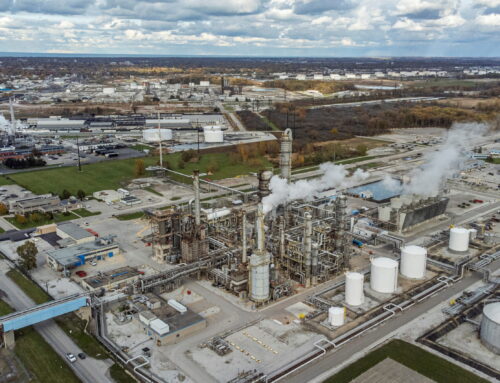Blair McBride
October 10, 2021
-Edmonton Journal
Alberta is seeing a surge in alcohol-related illnesses that can be attributed to the COVID-19 pandemic, experts say.
Mental and behavioural disorders resulting from alcohol use as well as alcohol-related depression and withdrawal are among the few non-COVID causes of hospital admission that have increased in the province since March 2020, says Calgary physician Dr. Eddy Lang.
An article co-written by Lang that was published in the medical journal PLOS ONE in June revealed alcohol consumption rose from the fifth-highest cause of hospitalization in the province to the third during the first six months of the pandemic.
Alcohol-related illnesses accounted for 3.46 per cent of hospital admissions between March and September 2020, up from 2.65 per cent in that timeframe the previous year.
“Considering the number of hospitalizations we have in Alberta, that’s a significant increase,” Lang said, attributing the rising drinking rates to heightened feelings of pandemic anxiety.
“There’s been lots of lost employment and family separation. We know that people are managing that with alcohol and cannabis. That’s going to manifest with people going overboard,” he said. “Alcohol is like gasoline on the fire of mental illness. If you’re already depressed you might think alcohol will make you feel better but in long run it makes things worse because it contributes to suicidal thoughts.”
Increased rates of drinking in Alberta are also showing up in liver health.
Hospitalizations for alcoholic hepatitis rose by 90.5 per cent in the first wave of the pandemic, according to a study soon to be published in the journal Clinical Gastroenterology and Hepatology.
The research covering the March to September 2020 period found the rise in hospitalizations coincided with higher liquor sales, said lead author Dr. Abdel-Aziz Shaheen at the Cumming School of Medicine at the University of Calgary.
Higher drinking rates were driven mainly by changes in personal habits in the lockdown, Shaheen said.
“People went from drinking a few times a week with friends in the bar to drinking alone at home and watching Netflix.”
And the outcomes have been worsening.
“In the second and third waves we noticed people were presenting sicker than in the first wave,” Shaheen said. “Patients wait longer to come to the hospital. They tell us, ‘We’re afraid that if we come then the same (pre-COVID) treatment won’t be available.’ They say they try to manage on their own.”
Shaheen pointed to a case where a 75-year-old man arrived at the hospital with a peptic ulcer in his stomach.
“That’s rare in North America. This is something we see in textbooks in developing countries,” Shaheen said. “He died in the ICU because he kept bleeding. He was afraid to come to the hospital because of COVID. We’re seeing this more now because patients aren’t coming to the hospital at the right time.”
Shaheen admits he is fearful about the long-term impacts of rising alcohol consumption because alcohol-related hospitalization rates have continued to be high beyond the scope of his study, with emergency departments seeing patterns in the fourth wave that are similar to March 2020.
Shaheen said more needs to be done to support people struggling with alcohol use.
“We need to give primary care physicians the tools to help patients lower their consumption. We’re starting to collaborate with partners in mental health. If patients are at high risk, then we need to follow up.”
Referring to the Low-Risk Alcohol Drinking Guidelines of the Canadian Centre on Substance Use and Addiction, Shaheen said men shouldn’t consume more than 15 standard drinks per week. Women shouldn’t have more than 10 drinks per week.




